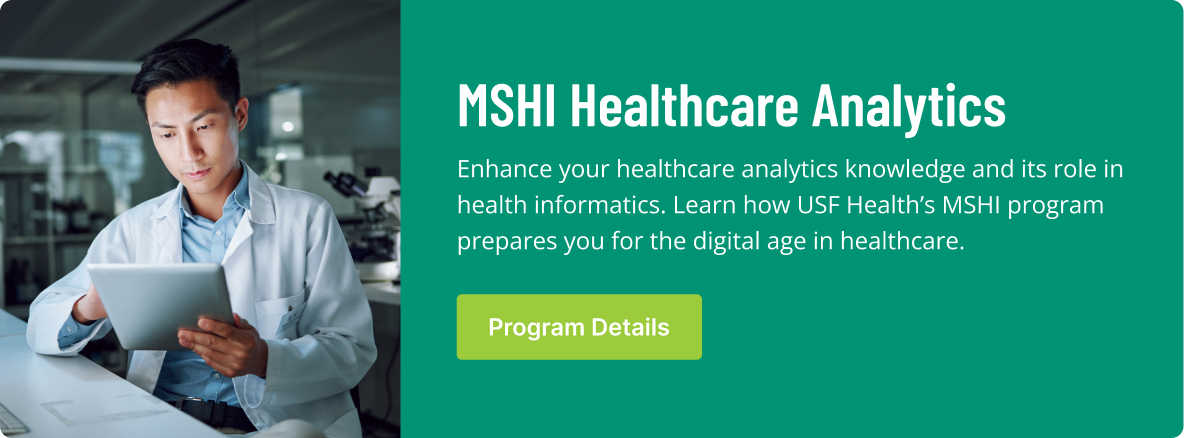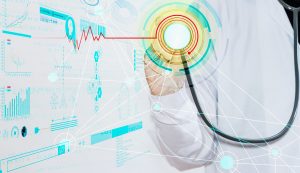While many applications of technology in healthcare remain theoretical in terms of implementation or return on investment, there’s one area where technology clearly is already making a difference: preventing drug theft.
Machine learning algorithms allow for the analysis of thousands of data points – and there’s a lot of data generated around pharmaceuticals from hospitals, doctors and pharmacies. Software programs allow for combining data from automated dispensing cabinets (ADC) and electronic healthcare records (EHR), finding the signals of theft amid all the data noise.
Why is it needed? Because drug theft in the healthcare industry is a $300 million problem.
Why Drug Theft Prevention is Needed
Perhaps the most publicized issue surrounding drug theft involves patients who “doctor shop,” building up a large number of prescriptions and using them to get multiple prescriptions for the same drugs. They then, in turn, sell them or give them to others.
However, the biggest issue involves medical professionals and what is known as diversion.
The term “diversion” essentially means theft of drugs by medical professionals who “divert” the drugs from where they are supposed to go. Why? A study found that as many as 15% of clinicians become drug addicts themselves. In some cases, they are giving or selling them to other medical professionals, according to an article from Forbes.
Typically, only about one in 20 cases where drugs have been diverted are investigated. Also, medical professionals do not always have the ability to match data from a drug dispensary to a patient’s medical records. Another big challenge is that medical professionals know how the system works and can cover up the diversion of drugs.
A report from advanced analytics compliance company Protenus projected loss from drug theft in 2018 would exceed the 2017 mark of $301 million. They reported that in the first six months of 2018 alone, 18.7 million pills had been diverted by healthcare workers.
Software Solutions for Drug Theft
Analytics companies offer the healthcare system a better chance to detect and prevent drug diversion.
One example is the startup Invistics, which has a Drug Enforcement Agency complaint software system that is designed to detect drug diversion. The system eliminates the need for paperwork in tracking systems and has “scientifically proven analytics” that can detect drug diversion.
In a news release, Invistics CEO Tom Knight said that drug diversion is “a serious issue for our healthcare systems, jeopardizing patient safety, and leading to large DEA fines for non-compliance.
“We want to solve that problem in a scaleable way, and machine learning is helping us detect drug diversion that would have not otherwise been detected.”
How It Works
In the case of Invistics, it’s the first drug diversion software that works with data from all EHR and ADC systems, according to the news release.
The company also reports that a government-funded pilot program at Piedmont Athens Regional Medical Center in Georgia resulted in a more than 90% accuracy rate when it came to flagging drug diversions.
The system allowed the hospital to detect drug diversion “at a level we’ve never been able to achieve previously,” the hospital CEO said in the news release.
In the Forbes article, Kevin MacDonald, CEO of Kit Check, another analytics company that offers software for drug diversion detection, said that software works best in conjunction with “offline” security measures such as locking drug cabinets and comprehensive audits of drug administration records.
However, he wrote, artificial intelligence excels at finding hidden patterns in daily behavior, increasing the chances of uncovering drug diversion. That’s a needed help in an industry where such theft is costing the system hundreds of millions of dollars.




